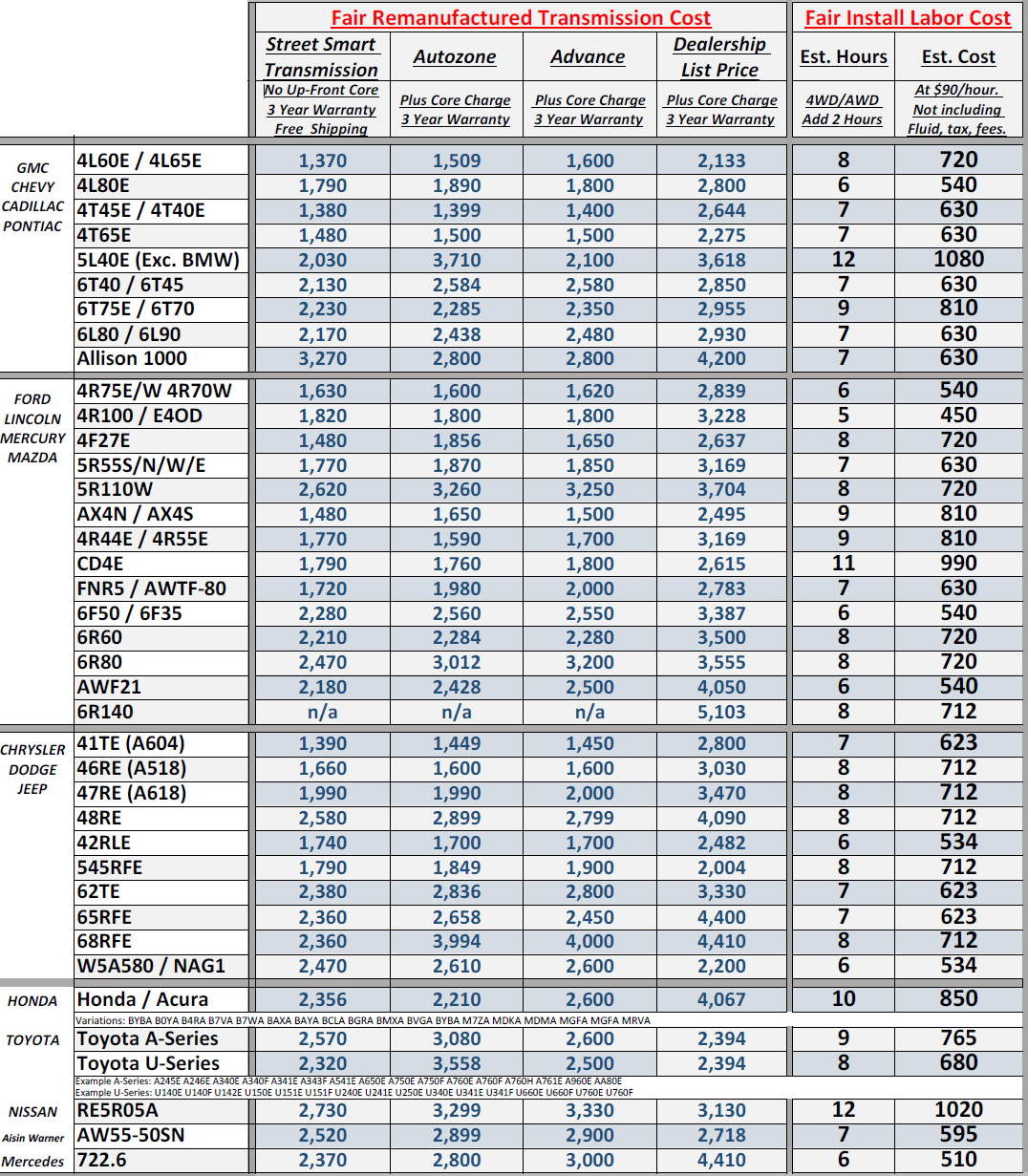Here’s a thought, have they looked at the input shaft and output shaft? It is quite possible that when then they buttoned things up that one of the shafts may have been slightly misaligned. There’s nothing to indicate when you button things up that the shaft is out of alignment. Let’s suppose that one of the shafts is misaligned, what happens then?
If the input shaft is out of alignment, then, the splined gearing at the head of the shaft itself is not mating up correctly with the transmission’s gearing. In this instance, since it is the input shaft and it helps to drive, among other things, the torque converter, the torque converter output may be off the mark and the steady flow of transmission fluid that is expected by the transmission is off. The result is the type of slippage you are describing.
By the same token, if it is on the output shaft, a similar process is going on. They key difference here is that your transmission is working correctly, it is the output that is off. I would suspect that it might be on the output side since you have already had just about everything else replaced.
A misaligned output shaft will behave as you describe so.
Here’s one more thought, why not have the transmission fluid level checked, one more time? I know this could be a long-shot, but think about it. It was late in the day when you picked up your Toyo and it is quite possible that someone, in rushing, could have forgotten to put in the right amount of transmission fluid. Again, this is just another possibility in a wide range of items.
One more thing to think about is this was the control module that was used in this work salvaged from the original transmission? You note the vehicle has a “new transmission, ecm, solenoids …” but do you know for a fact that the control module — the master module for the entire tranny — was swapped out for a new one? I could be reaching here in looking for your answer, but it never hurts to ask the question. Sometimes, mechanics will pull parts and hold onto them, using them, if they seem to be in good shape, instead of swapping in a new part that could either be more expensive or that may delay the repair even further. Please ask the questions and you will probably find the answer.

